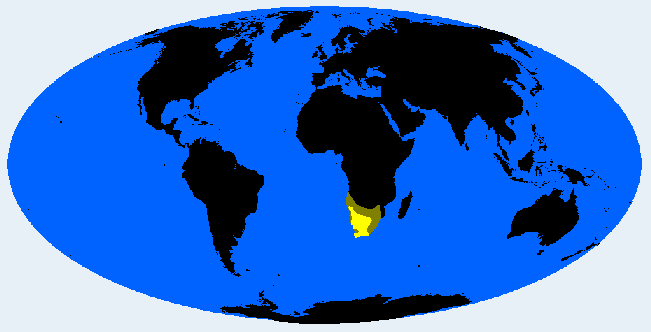Description:
Khoisanid type, similar to Sanid, but with a slightly different morphology. Was more common in farmers and less common in hunter-gatherers compared to Sanids. Native to Namibia and South Africa, especially in Khoikhoi (Hottentots). Most groups like Cape Khoe and Korana became extinct due to Bantu and European colonisation, but the Nama are still numerous.Physical Traits:
Yellowish, light brown skin, wrinkled in old age, peppercorn hair. Rather short, but taller than Sanid, meso- brachyskelic, ectomorph, but not infantile, women often show extreme steatopygia. Dolichocephalic, chamae- orthocranic with (hyper-)platyrrhine, depressed noses. Face rhomboid and long, chin pointed, eyes pseudo-Mongoloid, often with the Hottentot fold, prognathy only mild.Literature:
Bory (1825) already described the type as Homo hottentottus. Was named Khoi(ni)d by Eickstedt (1934, 1952b). Others followed him (Lundman, 1967, as a mixed type; Baker, 1981; Knussmann, 1996). Biasutti (1967) calls it Ottentotta, Cole (1965) simply Hottentot. Schlebusch et al. 2012 finds genetic relationships to Karroid groups.







